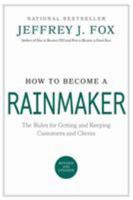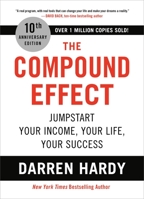Le Papyrus de César
(Part of the Astérix (#36) Series and Asterix (#36) Series)
Select Format
Select Condition 
You Might Also Enjoy
Book Overview
Customer Reviews
Rated 5 starsSmaller than I thought
The book came in GREAT condition. Quite small but packed with knowledge. I would recommend to anyone.
0Report
Rated 5 starsSmall book but worth the purchase
A great way of putting thought into a better perspective. Sometimes we don't stop and think about things and that's a problem. This book has many practical ways of improving lives and businesses by applying the ways of successful thinkers. Worth the price and some.
0Report
Rated 5 starsHow Successful People Think review
This is a good book. Maxwell can certainly speak from experience on this subject, and as always, he presents his concepts in his signature clear, concise, easy-to-understand style. The book is well thought-out, and has an excellent call for action at the end of each chapter. A good read. Book shipped fairly promptly, but unfortunately, the high shipping cost effectively neutralized the savings off retail.
0Report
Rated 5 starsBig-Picture Thinking
I had read Maxwell's previous book, Thinking for a Change. This audio is based on that book, and will teach listeners the 11 most effective ways to think. A quick sample includes Big-Picture Thinking - seeing the world beyond your own needs and how that leads to great ideas; Focused Thinking - removing mental clutter and distractions to realize your full potential; Creative Thinking - thinking in unique ways and making breakthroughs;...
1Report
Rated 5 starsA top pick for libraries and business-minded thinkers alike
Change your thinking and you change your life: that's the basic concept of HOW SUCCESSFUL PEOPLE THINK, offering a simple treatise on how and when to question popular thinking and how to focus thinking to tap into creativity. Eleven keys in a small book derived from material previously published in THINKING FOR A CHANGE makes for a top pick for libraries and business-minded thinkers alike.
0Report












































